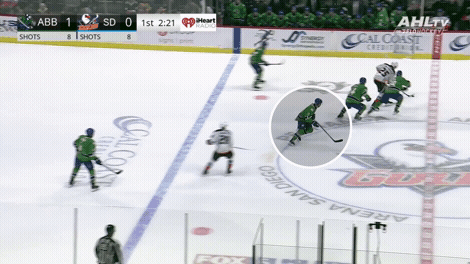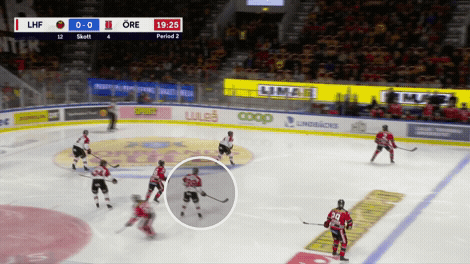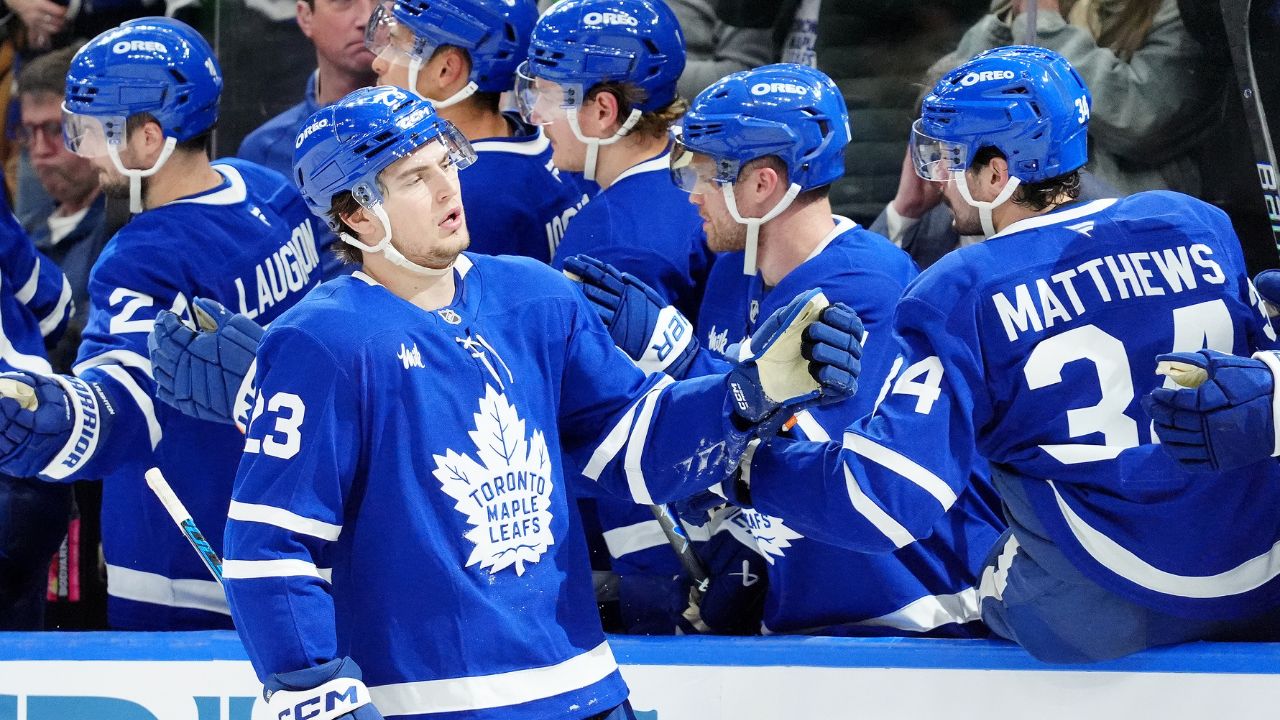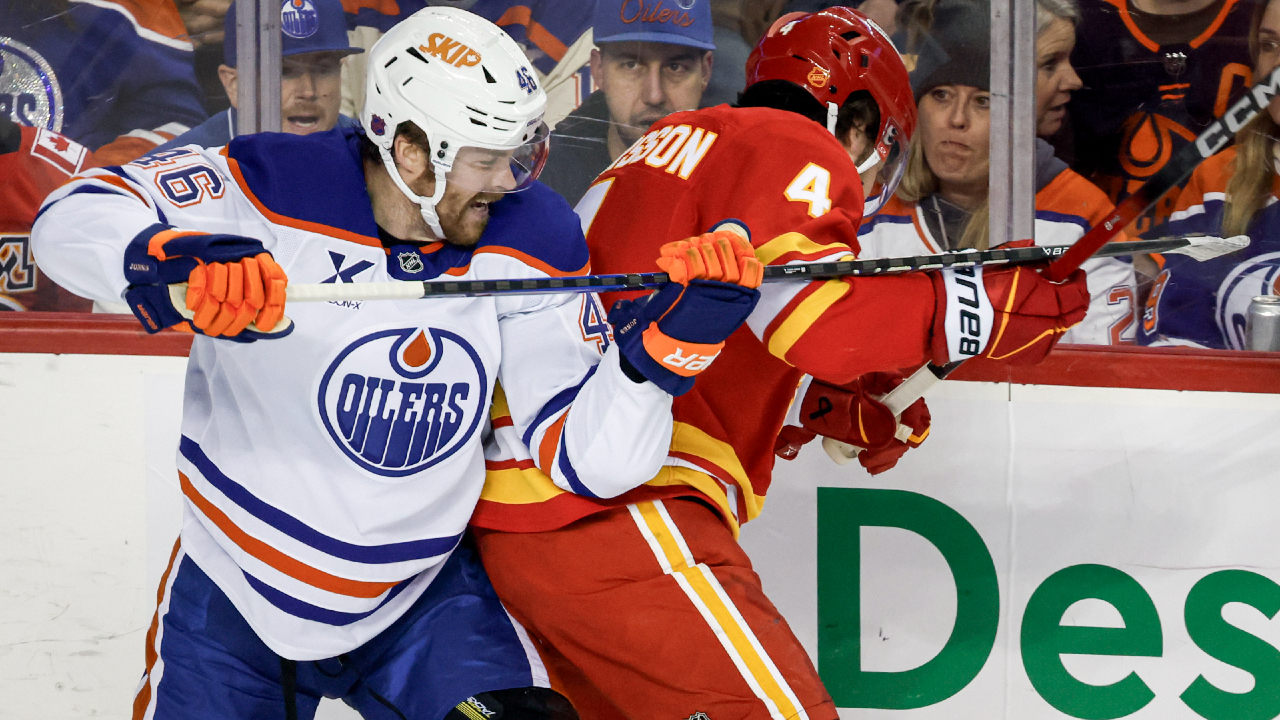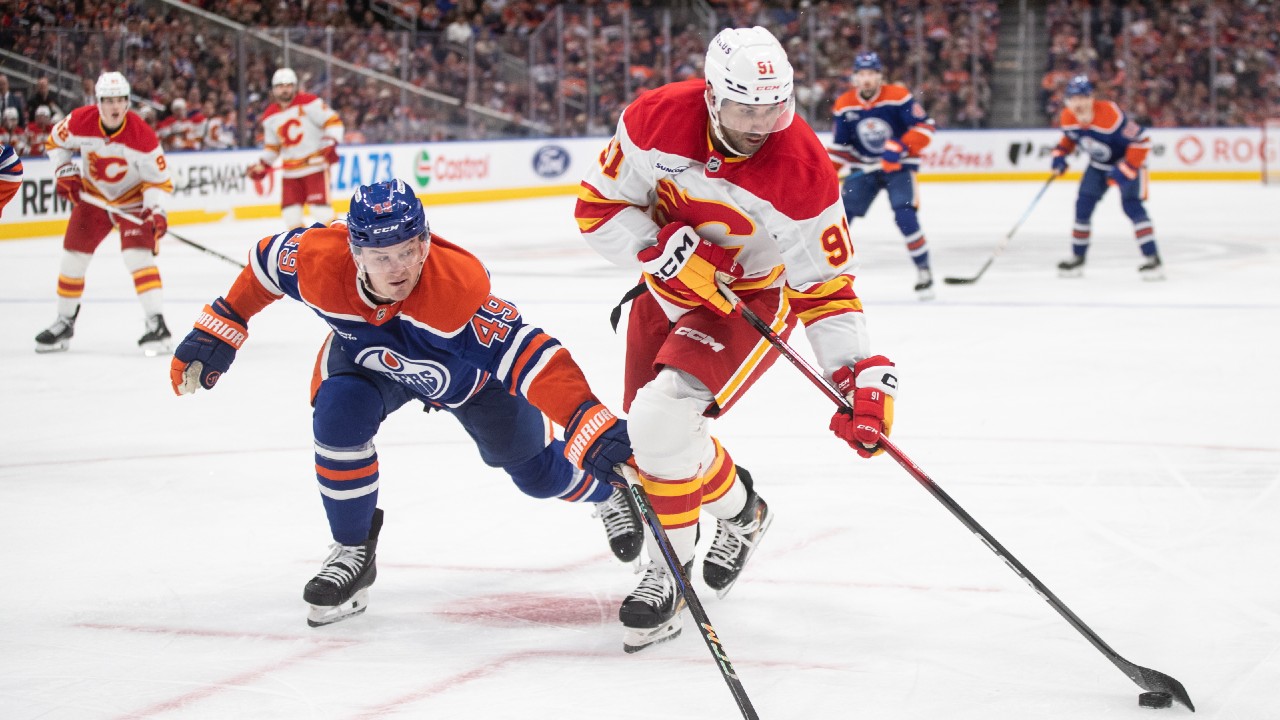
When I was the scouting director with the Florida Panthers, we selected Owen Tippett in the first round (10th overall) at the 2017 NHL Draft. Combined with his size (he’s now 6-foot-1, 210 pounds) and speed (he was clocked as the fastest NHL skater in open ice last season at 24.21 mph) we felt Tippett had a chance to be an elite NHL goal scorer.
We also recognized it was going to take time for him to develop. It wasn’t going to be a straight line. When he was playing in the OHL, Tippett had some off the puck compete issues at times. He could dominate one shift and barely be adequate the next time his number was called. His overall compete needed to be more consistent if he was going to maximize his potential.
Today, he’s been near a 30-goal scorer for the Philadelphia Flyers.
Over the past two years I’ve witnessed the growth of Vancouver Canucks top prospect Jonathan Lekkerimaki who, like Tippett, hasn’t always had a perfect development path. He’s suffered some setbacks along the way, including injury, but clearly put in the time and effort required to be an NHL player.
Lekkerimaki is set to make his NHL debut Tuesday night versus the Calgary Flames. It’s an exciting time for the Canucks, their fans, and Lekkerimaki. Vancouver has high hopes for the budding goal scorer and Lekkerimaki is deserving of the opportunity. He lined up with Pius Suter and J.T. Miller at practice on Monday.
To say Lekkerimaki had a productive 2023-24 season would be an understatement. His hard work on and off the ice clearly paid off by way of positive results.
Here’s Lekkerimaki’s list of awards from 2023-2024, courtesy EliteProspects:
• SHL most goals by a junior (19)
• SHL most points by a junior (31)
• SHL rookie of the year
• Swedish junior hockey player of the year
• WJC all-star team
• WJC most goals (7)
• WJC most valuable player
• WJC silver medal
Here’s a look at what I’ve witnessed from Lekkerimaki in the journey to his first NHL game:
PRIMARY SKILL SET
Lekkerimaki is easily defined. He’s a massive threat on the power play when ripping pucks from the weak side flank. He also has the ability to beat goalies from distance when he comes off the boards and shoots the puck in motion. He has a release that sneaks up on goalies. The puck doesn’t look like it’s coming off his stick with as much zip as it does.
Here’s an example of what I’ve witnessed from Lekkerimaki when he was playing for Orebro in the SHL last season:
Proving that he can beat North American goalies from distance, Lekkerimaki had five goals in seven games at the AHL level with Abbotsford this season before the Canucks recalled him:
Both of these sequences are examples of what I describe when I notice how quickly the puck sneaks up on goalies off his stick. Lekkerimaki’s release is deceptive. He shoots the puck hard and accurately from long range.
Lekkerimaki is also playing quicker and faster now. The strength he’s added allows him to create turnovers when he doesn’t have the puck and jump to space ahead of opponents on his way to the net in the offensive zone.
Canucks fans should be excited about what we see in the following sequence. Lekkerimaki jumps over the boards on a line change, pressures his opponent up ice and leverages physically. Once Lekkerimaki created a distraction for the San Diego defenceman, Aatu Raty arrived on the scene to knock the Gulls defender on his back-side. Lekkerimaki then had a clear lane to the net and finished off the play with a tuck.
DEFENSIVE ZONE COMMITMENT
NHL coaches will not tolerate part-time commitment in the defensive zone. The best goal scorers in the league have historically been called out by their bench boss for not having enough awareness and compete assisting the rest of the group in keeping pucks out of their net.
Lekkerimaki is a work in progress defensively and there’s still room for growth. It will take some time, but he’s working to identify his responsibilities and check back the full 200 feet.
Here’s an example of what I occasionally saw in Orebro last season. Lekkerimaki is in a responsible position defending the middle of the ice in his zone. When he steps out to challenge his opponent on the half wall (No. 43 in red), he anticipates a turnover and jumps up ice instead of remaining with his check.
His check then crashes the net with the puck, and the result is a goal against.
The margin for error, or being slightly out of position, in the North American game can lead to unfortunate results in a hurry. The following clip is from a game versus San Diego this fall. Lekkerimaki is slightly out of position in the offensive zone. He works to check back into his defensive zone, but he’s too far behind. I’ve highlighted where Lekkerimaki could have been better positioned in the sequence. If he had stationed himself between my illustrated lines, he would have been able to support the play offensively and been better prepared to assist on the back check.
PROJECTION
Lekkerimaki produced 5G-2A in his first seven AHL games in Abbotsford this season and averaged 18:17 of ice time, with the bulk of that coming at even strength and the power play.
• Lekkerimaki attempted 67 shots on goal in his seven AHL games, including 27 on the power play.
• His accuracy could improve, however, as he only connected on 33 shots.
• He sees the ice but certainly cannot be described as a playmaker or distributor.
• His pace has improved over the past couple years. His added strength has resulted in more quickness out of the gate and the ability to pressure pucks up ice or separate in open ice.
In my opinion, Lekkerimaki projects as a second-line NHL forward. He’s a goal scorer who will produce on the power play and score timely goals for the Canucks…perhaps as soon as Tuesday night when he suits up in the NHL for the first time against the Flames.




